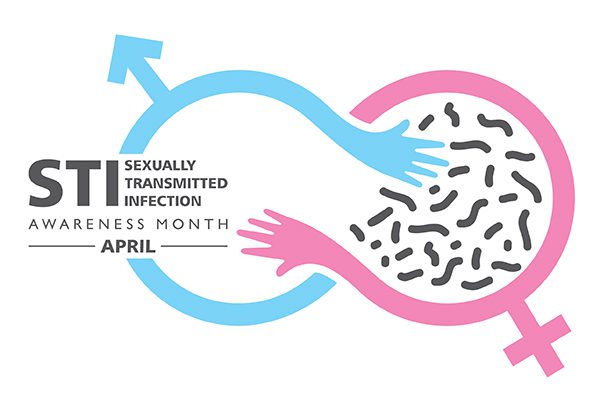Search by Color or Cause


In April, observe STI / STD Awareness Month. Diseases that are spread through sexual contact are usually referred to as sexually transmitted diseases or STDs for short. In recent years, however, many experts in this area of public health have suggested replacing STD with a new term, sexually transmitted infection, or STI. The awareness color associated with sexually transmitted diseases and/or sexually transmitted infections is light green or green.
In addition, STI / STD Awareness Month calls attention to the signs and symptoms of STIs. The concept of “disease,” as in STD, suggests a clear medical problem. And, typically there are obvious signs or symptoms. But several of the most common STDs have no signs or symptoms in the majority of people infected. Or, they have overlooked, mild signs and symptoms. So the sexually transmitted virus or bacteria can be described as creating “infection,” which may or may not result in “disease.” For example, this is true of chlamydia, gonorrhea, herpes, and human papillomavirus (HPV), to name a few. Therefore, for some professionals and organizations the term “disease” is being replaced by “infection.”
STI Awareness Month provides an opportunity to raise awareness about sexually transmitted infections, or STIs, and how they impact our lives. It’s important to reduce STI-related stigma, fear, and discrimination. And further, to ensure people have the tools and knowledge for prevention, testing, and treatment.
According to the Centers for Disease Control and Prevention (CDC):
Sexually transmitted diseases (STD) and sexually transmitted infections (STI) mean the same thing. They are a disease that is spread through sexual activity. This includes all types of sex – vaginal, anal, and oral. Sexual health is an essential piece of overall health. People who have vaginal, anal, or oral sex can get an STI, which is why knowledge about these infections and how to prevent them is important. Anyone who is sexually active is at risk for getting and spreading an STD.
The surest way to avoid STDs is to not have sex. Additionally, this means not having vaginal, oral, or anal sex.
Using a condom correctly every time you have sex can help you avoid STDs. Condoms lessen the risk of infection for all STDs. You still can get certain STDs, like herpes or HPV, from contact with your partner’s skin even when using a condom.
In addition, agree to only have sex with one person who agrees to only have sex with you. Make sure you both get tested to know for sure that neither of you has an STD. This is one of the most reliable ways to avoid STDs.
Get vaccinated as prevention. The HPV vaccine is safe, effective, and can help you avoid HPV-related health problems like genital warts and some cancers.
Talk with your sex partner(s) about STDs and staying safe before having sex. It might be uncomfortable to start the conversation, but protecting your health is your responsibility.
Lastly, many STDs don’t have symptoms, but they can still cause health problems. Get tested. Upon results of your test, a nurse can discuss safe sex, treatment options, birth control, how to talk to your partner, and more. If you have any questions, don’t hesitate to ask!
Most importantly, many STDs are curable and all are treatable.